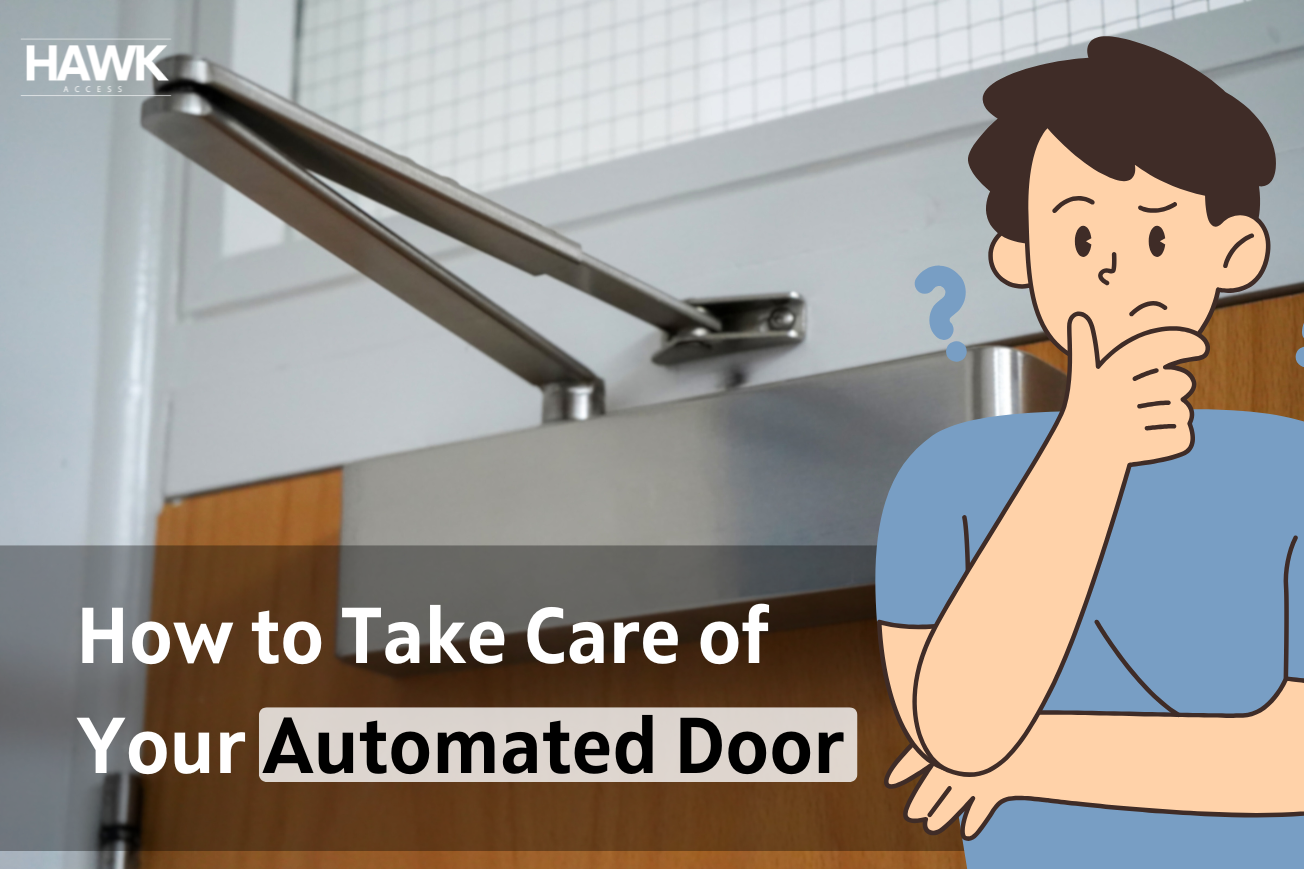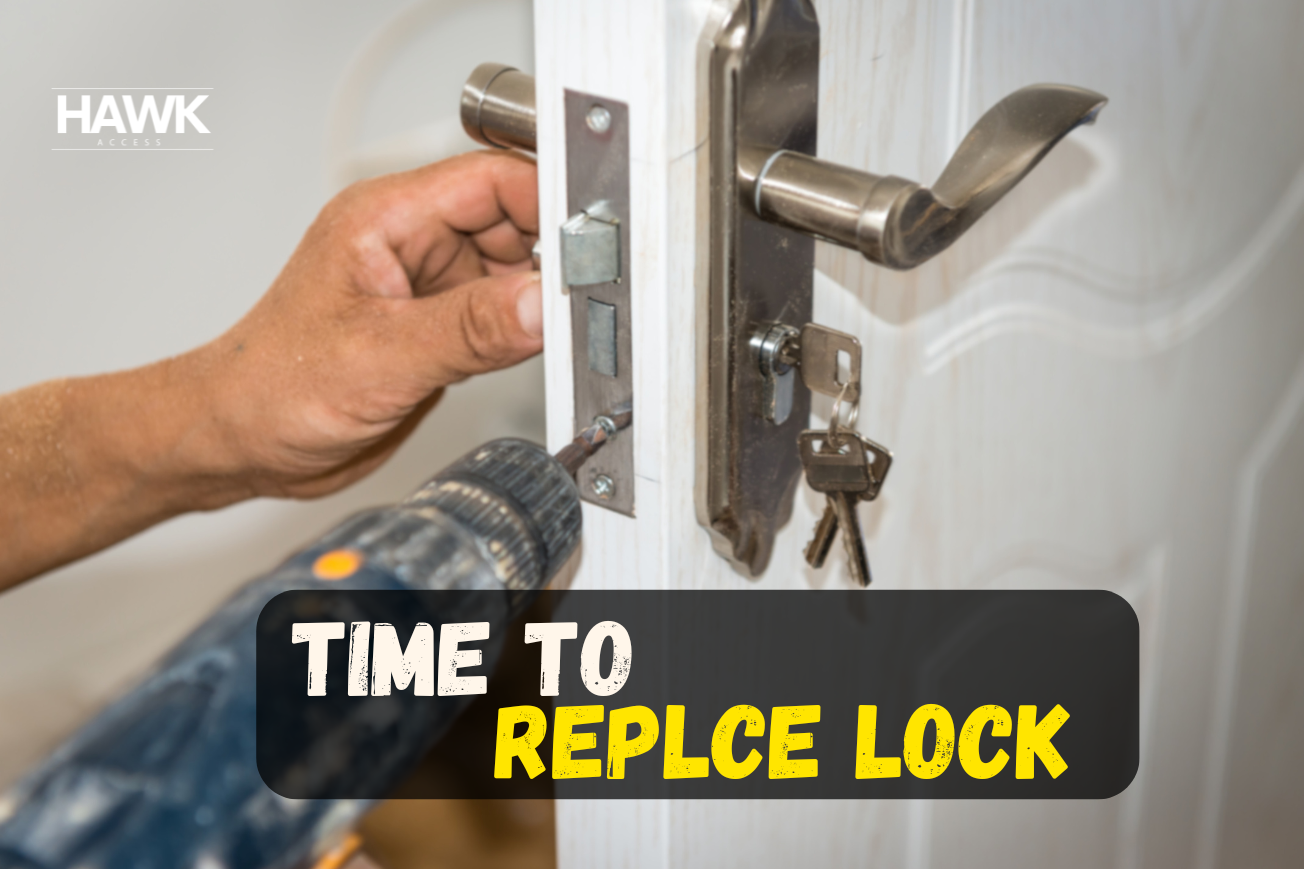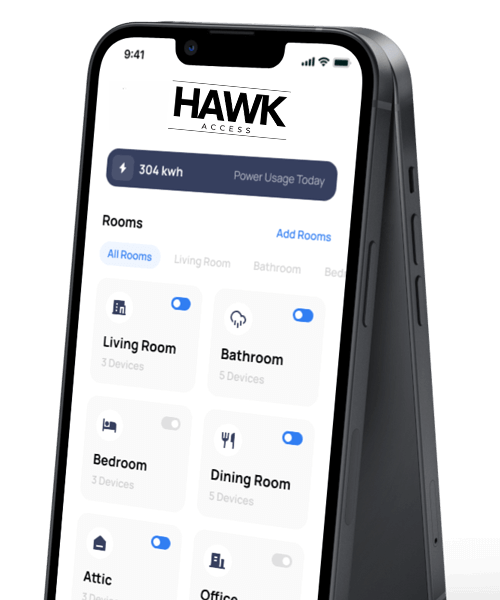What is a smart home?
A smart home is a system where appliances and systems, like heating and lighting, can be remotely monitored and controlled using internet-connected gadgets. This technology provides homeowners with security, comfort, convenience, and energy efficiency by allowing them to control smart devices through a smart home app on their smartphone or other networked device. Smart systems and gadgets, part of the Internet of Things (IoT), often work together, exchanging usage data and automating tasks according to homeowners’ preferences.
What is Matter Smart Home Technology?
Matter is a new standard for smart homes that ensures seamless communication between devices from various manufacturers like Apple, Google, and Amazon, increasing the adaptability and future-proofness of smart installation. This standard ensures that every device can connect, enhancing the flexibility and effectiveness of home configurations.
How Smart Homes Work
A smart system manages all technological devices in a house through a single hub, including door locks, cameras, TVs, lights, refrigerators, thermostats, and home monitoring equipment. It allows users to plan chores and gadgets, with self-learning capabilities for adjusting schedules. Lighting control saves energy and reduces electricity usage. Some systems alert authorities in case of danger, while others notify owners of movement. The Internet of Things (IoT) network includes doorbells, security systems, and smart appliances.
How to Make Your Home Smart
Creating a smart is simpler than you might think. Follow these steps to get started:
Identify Your Needs:
Do you want to enhance security? Save energy? Improve convenience? Define your priorities.
Start Small:
You don’t need to buy everything at once. Begin with essentials like smart lights or a thermostat.
Choose Compatible Devices:
Stick to devices that work together or opt for ones compatible with Matter to ensure future scalability.
Install a Hub:
Most smart benefit from a central control hub. Choose between a smart speaker (like an Amazon Echo) or a smart display.
Use Automation:
Explore apps or voice assistants to schedule tasks, control devices remotely, and monitor energy use.
| Setup Level | Estimated Cost | Included Smart Devices |
| Basic Setup | $200 to $500 | Smart bulbs, plugs, basic security camera, smart thermostat |
| Mid-Range Setup | $1,000 to $2,500 | Smart locks, cameras, voice assistants, smart speakers, smart lighting systems |
| Advanced Setup | $5,000+ | Full home automation, smart appliances (fridges, ovens), advanced security system |
Recognizing the Expenses:
Simple Setup:
Perfect for beginners who wish to automate simple tasks like temperature control and lighting.
Mid-Range Setup:
Contains extra features including voice-activated assistants and improved security measures.
Advanced Setup:
Complete automation with fully integrated security and key smart appliances for larger homes.
Over time, energy savings and higher property value can provide a significant return on investment, even though initial expenses can be high.
What are the benefits of a smart home?
Americans are increasingly interested in smart homes, which automate tasks like temperature management, light control, and weather-based irrigation, providing more control over energy consumption. These homes also offer energy-use insights, making users more environmentally conscious and efficient. They can identify areas where energy is overused, allowing for cost savings. While some may view smart homes as a temporary trend, they are expected to remain, with over 130 million gadgets expected to be delivered globally by the end of 2017, up from over 80 million in 2016.
| Advantages | Disadvantages |
| Convenience: Easily control devices remotely. | Cost: Initial setup can be expensive. |
| Energy Efficiency: Reduces energy consumption. |
Complexity: Setup and troubleshooting may be difficult for some users.
|
| Enhanced Security: Real-time monitoring and alerts. | Privacy Concerns: Data collection and hacking risks. |
| Customization: Tailor settings to fit your lifestyle. |
Dependence on Internet: Many systems require constant connectivity.
|
| Increased Home Value: Attracts tech-savvy buyers. | Compatibility Issues: Some devices may not work well together. |
| Automation: Simplifies daily routines. |
Maintenance: Regular updates and system management are needed.
|
6 key benefits of a smart home:
- Convenience: With automation, you can control various home functions (like lighting, security, and temperature) from anywhere using your smartphone or voice commands. This makes daily tasks easier and more efficient.
- Energy Efficiency: Smart thermostats, lights, and appliances can be programmed to use energy only when needed, reducing electricity consumption and lowering your energy bills.
- Enhanced Security: Smart security systems include cameras, doorbell alerts, motion detectors, and remote locking, allowing you to monitor and secure your home even when you’re not there.
- Customization: Smart homes allow you to tailor settings to your preferences, such as creating mood lighting or setting up routines like turning off lights automatically at bedtime.
- Remote Monitoring: You can check in on your home in real-time via apps, whether you’re at work or on vacation, providing peace of mind.
- Increased Home Value: Homes with smart features are more appealing to potential buyers, which can enhance the property’s resale value.
How to Construct and Create a Smart Home
Creating a smart home requires investing in devices and creating a setup that suits your needs. This is how you go about it:
- Arrange the Space: Ascertain which systems and rooms stand to gain the most from automation.
- Select a Central System: Select the system that will serve as the brains of your smart home, such as an Apple HomeKit, Google Nest, or Amazon Echo.
- Give energy efficiency top priority: Pay attention to appliances such as smart lighting and thermostats that use less energy.
- Think About Future Growth: While you start with the necessities, make space for future additions as smart home technology advances.
Conclusion
Smart homes are the future of modern living, combining convenience, security, and energy efficiency. Whether you’re looking to start small or design a fully integrated smart system, the possibilities are endless. With the added flexibility of Matter technology and the growing range of affordable devices, creating your ideal smart home has never been easier—or more worth it.
FAQs
What is the most affordable way to start a smart home?
Begin with simple devices like smart plugs or light bulbs. They’re easy to set up and can immediately enhance your home’s automation without breaking the bank.
Is Matter smart home technology necessary?
Matter is not necessary but highly recommended for future-proofing your smart home. It ensures that devices from different brands will work together seamlessly.
Do smart homes consume more energy?
No, smart homes are designed to reduce energy consumption through automation and smart energy management, making them more efficient than traditional homes.
Can I install smart devices myself?
Yes! Most smart devices are designed for DIY installation, making it easy to transform your home without professional help.
How can I make my smart home more secure?
Use strong, unique passwords, enable two-factor authentication, and regularly update your devices’ firmware to protect your smart home from security threats.









